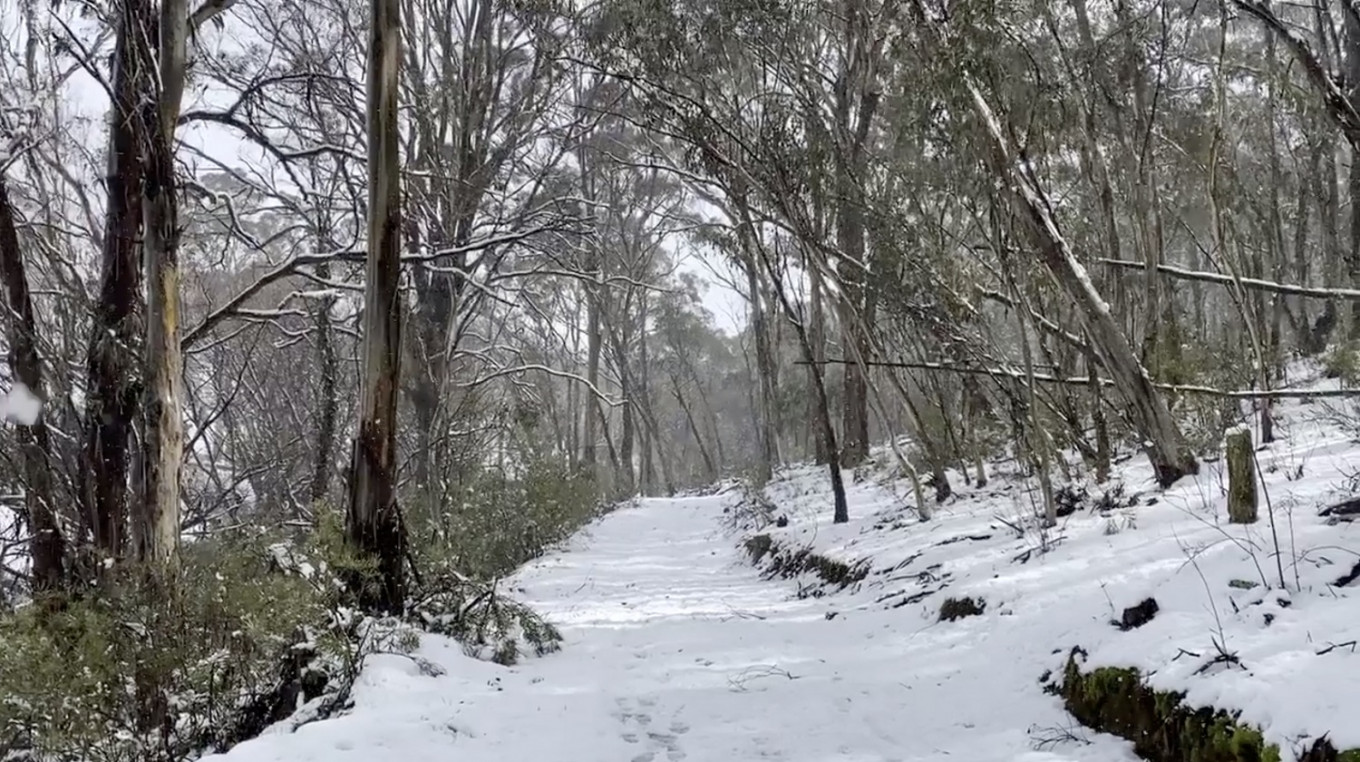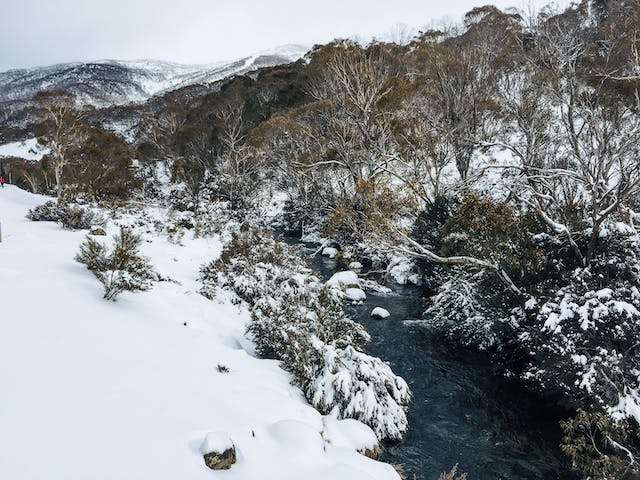Visit the Top-Rated Winter Destinations for Snow In Australia This Season
Visit the Top-Rated Winter Destinations for Snow In Australia This Season
Blog Article
Discover the Interesting Impacts of Snow in Australia on Regional Ecological Communities
Despite its reputation for sun-soaked landscapes, Australia also flaunts areas buried by snow-- a phenomenon that profoundly influences the nation's unique ecosystems. The insulating properties of snowflakes shield vegetation and fauna among the chilliest wintertimes, while the melting snow nurtures rivers and marine life. Nonetheless, the real wonder depend on how these icy problems shape the country's biodiversity and nutrient cycles. As we unravel this detailed connection, we discover ourselves stepping on uncharted grounds in Australia's high country.
The Unanticipated Regions of Snowfall in Australia
Although Australia is usually related to sandy coastlines and sun-scorched landscapes, particular areas remarkably experience snowfall. The high nation regions of New South Wales, Victoria, and Tasmania are especially understood for their winter season snow. The Snowy Hills in NSW, for example, receive bountiful seasonal snow, using a raw contrast to the country's typical warm, arid climate. The Victorian Alps and parts of Tasmania also see yearly snowfalls, changing the landscape into a winter season wonderland. These areas are not just anomalies yet integral parts of Australia's diverse environment system. The presence of snow in these regions substantially affects local ecosystems, subsequently impacting the country's one-of-a-kind biodiversity. The certain influence on Australia's distinctive vegetation will certainly be gone over in the following area.

Just How Snow Impacts Australia's One-of-a-kind Flora
These plants have developed to survive in severe problems, with snow offering as a protective covering from freezing temperatures and rough winds. The snow likewise contributes to the wetness material of the dirt, supplying required hydration for plant life throughout the dry summer months. In significance, the snow influences the timing of blooming and seed dispersal, the development rates, and the survival of lots of plant varieties, showcasing the complex interplay between environment and vegetation in Australia.

The Adjustments of Australian Animal to Snowfall
Simply as Australia's plants has adapted to the wintery conditions, the neighborhood fauna also, exhibit impressive adjustments to the snowfall. It uses the snow as insulation, hibernating in rock gaps beneath the snow to remain cozy. The Snow Skink, a species of reptile, transforms its colour to white during winter, offering camouflage against predators.
The Function of Snow in Forming Neighborhood Ecosystems
Fit the local environments, the role of snow in Australia is both multilayered and extensive. It influences the distribution of plants and animals, mostly specifying the biodiversity of sub-alpine and towering areas. Snow offers a crucial water resource, feeding rivers and tanks as it thaws, hence supporting a variety of marine life types. In addition, snow serves as an insulator, securing ground-dwelling microorganisms from extreme cold. In a similar way, it plays a significant function in dirt development and nutrient cycling. The regular cold and thawing of dirt generated by snowfall fosters the failure of rocks, enhancing dirt fertility. The existence of snow shapes the plant life patterns, pet behavior, and general sustainability of Australia's one-of-a-kind ecological communities.

The Future of Snowfall in Australia: Forecasts and Ramifications

Provided the critical Does Australia Get Snow function snow plays fit local ecological communities, the future of snowfall in Australia is attracting increasing interest from conservationists and scientists. Present environment designs predict a substantial reduction in snowfall as a result of international warming, with potentially profound effects on neighborhood communities. Less snow can result in lowered water schedule in towering regions, negatively impacting wild animals habitats and plant life. In addition, it might modify the timing of seasonal adjustments, disrupting the life cycles of numerous indigenous varieties. The tourism market, heavily reliant on the wintertime snow period, may likewise deal with considerable difficulties. Therefore, understanding these predictions and their implications is vital to develop effective conservation approaches, ensuring the conservation of Australia's distinct biodiversity and the sustainability of its economy.
Final Thought
The role of snow in Australia's environments is crucial yet commonly neglected. Therefore, the snow in Australia is extra than a natural spectacle; it's a crucial player in the nation's ecological story.
Despite its reputation for sun-soaked landscapes, Australia additionally flaunts regions buried by snow-- a phenomenon that exceptionally influences the nation's special ecological communities. It uses the snow as insulation, hibernating in rock gaps underneath the snow to remain cozy - Does It Snow In Australia.In shaping the neighborhood ecological communities, the role of snow in Australia is both profound and multilayered. The visibility of snow forms the plant life patterns, pet behavior, and total sustainability of Australia's distinct environments
Provided the important duty snow plays in forming local ecosystems, the future of snowfall in Australia is drawing increasing attention from researchers and environmentalists.
Report this page